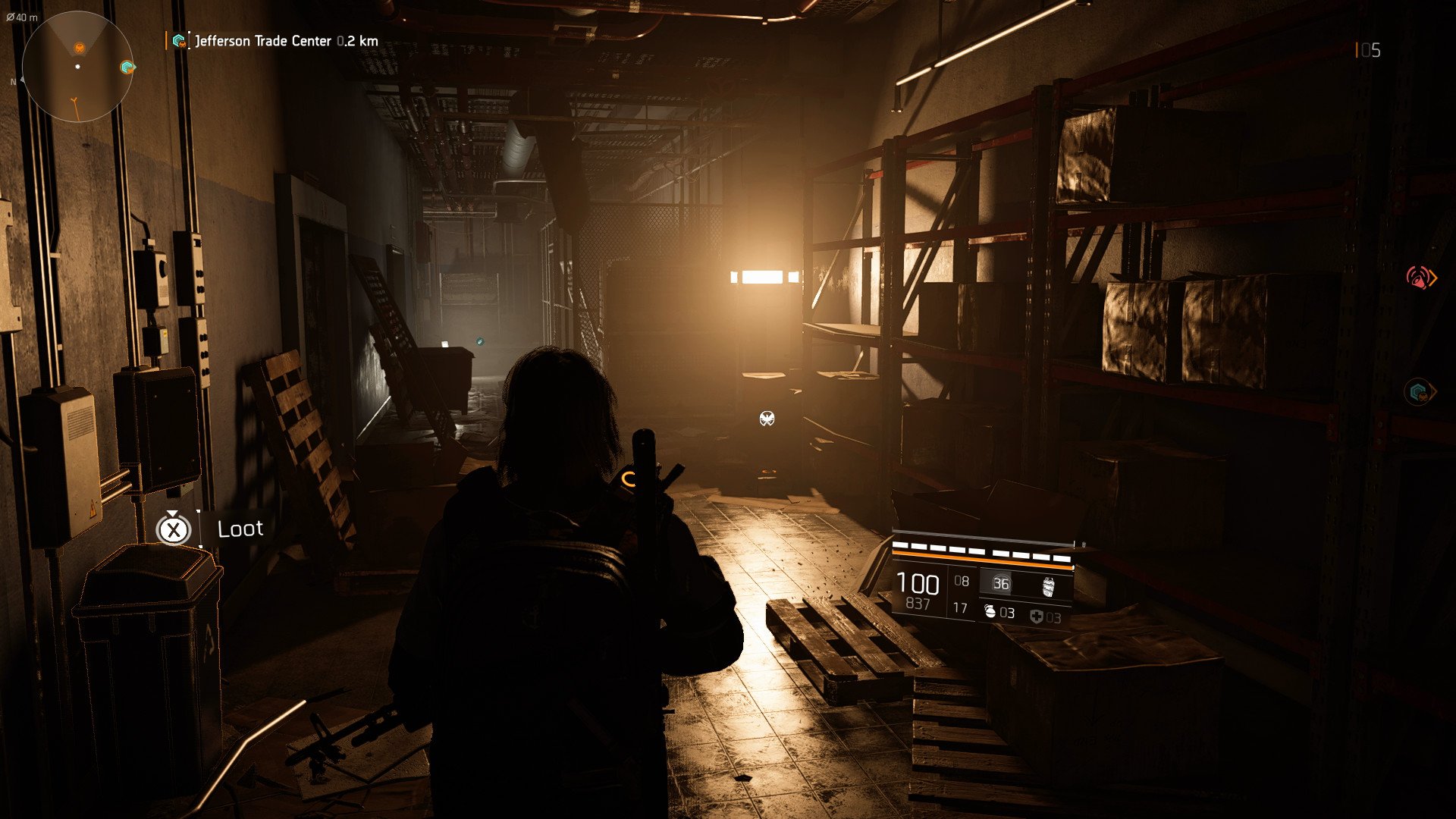Tom Clancy's The Division 2 is the latest installment in Ubisoft's massive connected "loot shooter," which combines Diablo-esque loot-'em-up gameplay and a huge, connected world with tactical third-person shooter combat.
As we head towards our full review (the game is truly huge), I wanted to lay down some early impressions from the first 10 levels to give you a taste of what to expect. The key differences are relatively subtle, but they are also numerous, coalescing to build on the foundations its predecessor laid. Ubisoft has clearly responded to feedback from the original.
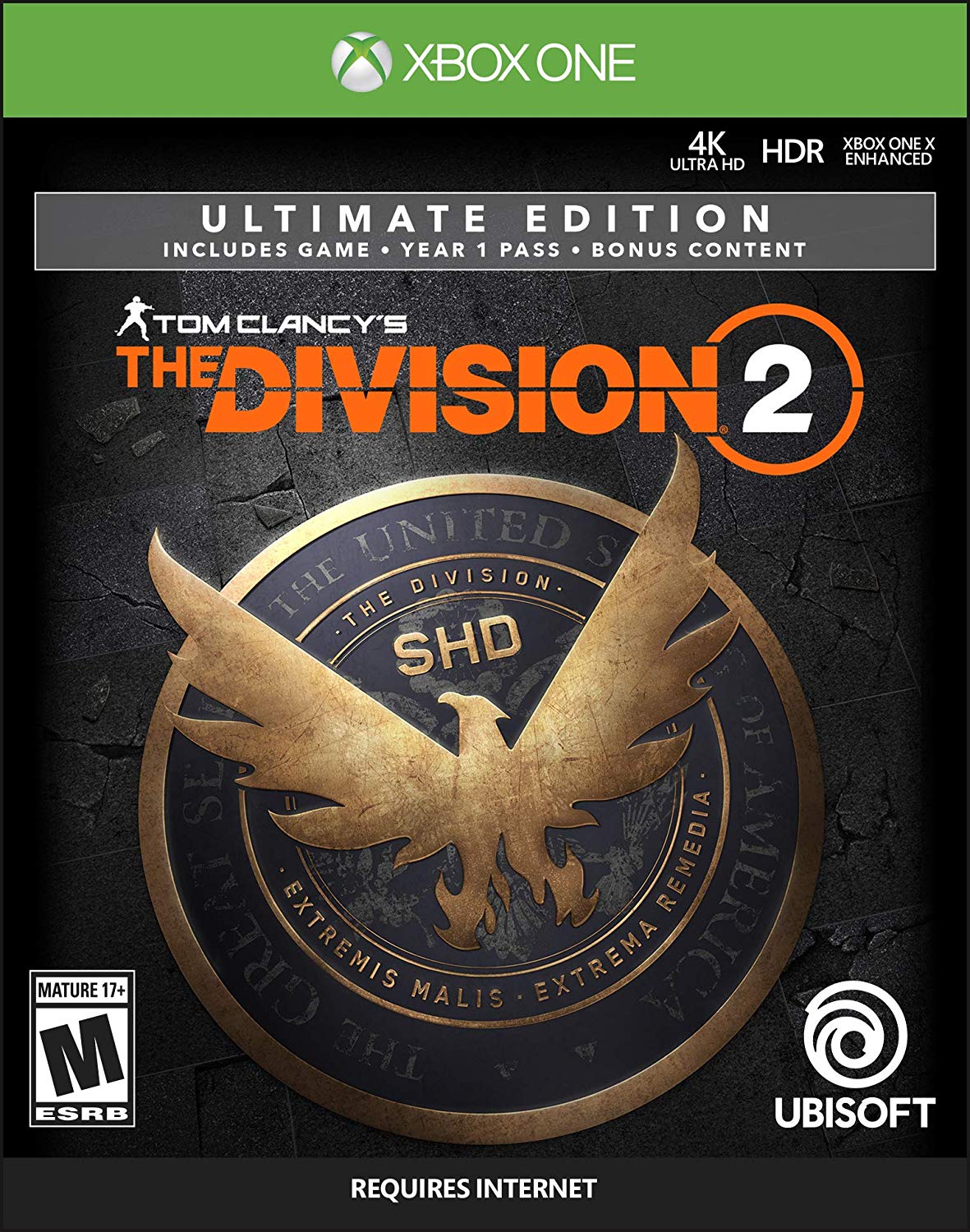
Apocalypse in progress
The Division 2 seems as though it builds heavily on the original, without upending what made the first game great.
The Division 2 visuals and setting
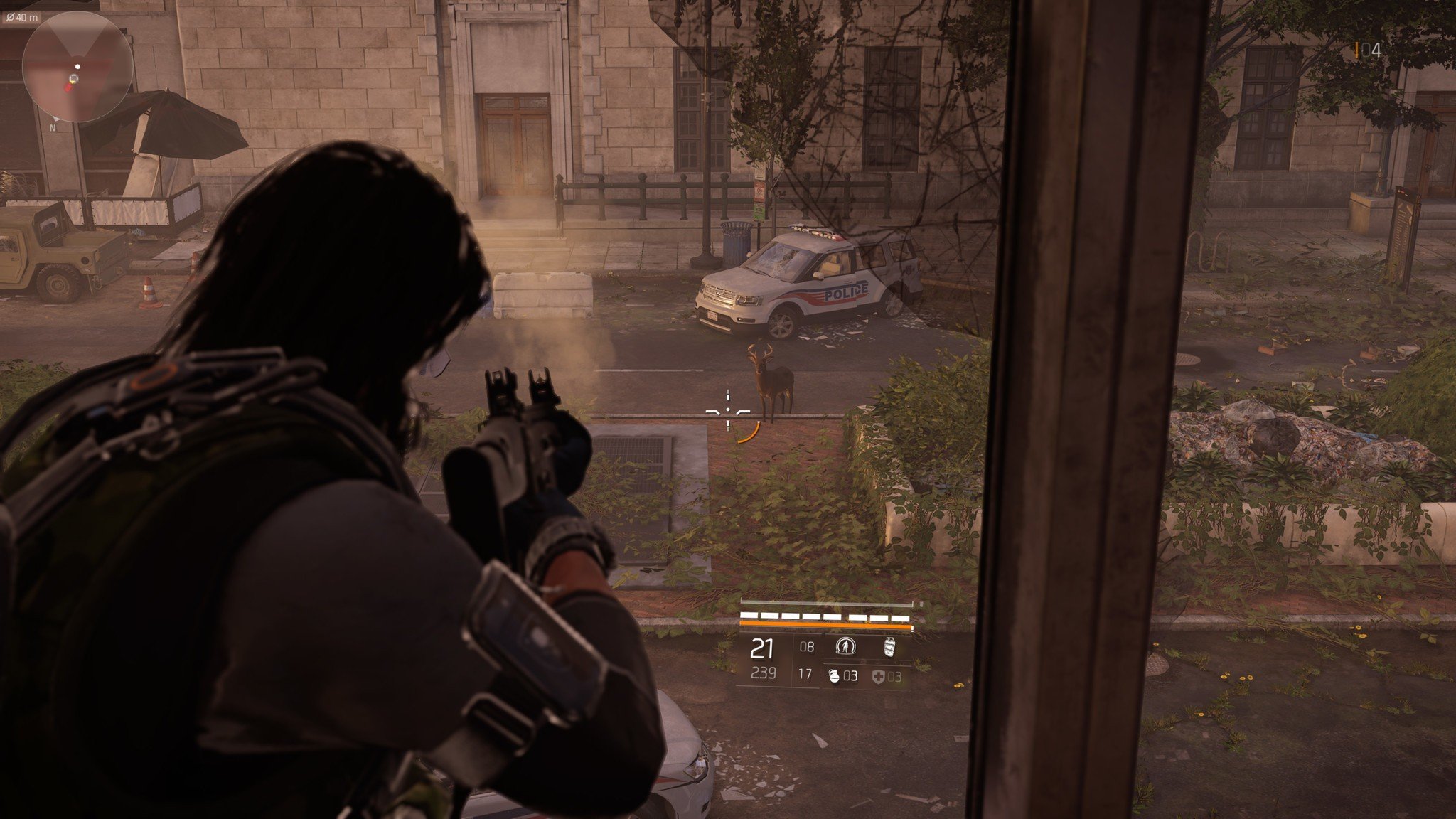
The Division 2 sets the standard for visual quality on Xbox One X. Moody lighting, evocative weather effects, and painstakingly-detailed environments have pretty much become Ubisoft's calling card, and they're all the more impressive when you consider how Division 2 increases the stakes.
Set in a huge near 1:1 reconstruction of Washington D.C., The Division 2 showcases what the U.S. capital might look like after several years of complete and total human infrastructure loss. Lack of city maintenance and a decreased human presence sees nature slowly move back into the world, with entire blocks brushed with overgrowth, buildings collapsing, with wildlife moving into the streets. You'll see all sorts of flora and fauna flourishing amidst the carnage, which serves up some visual subtext about humanity's place in nature.
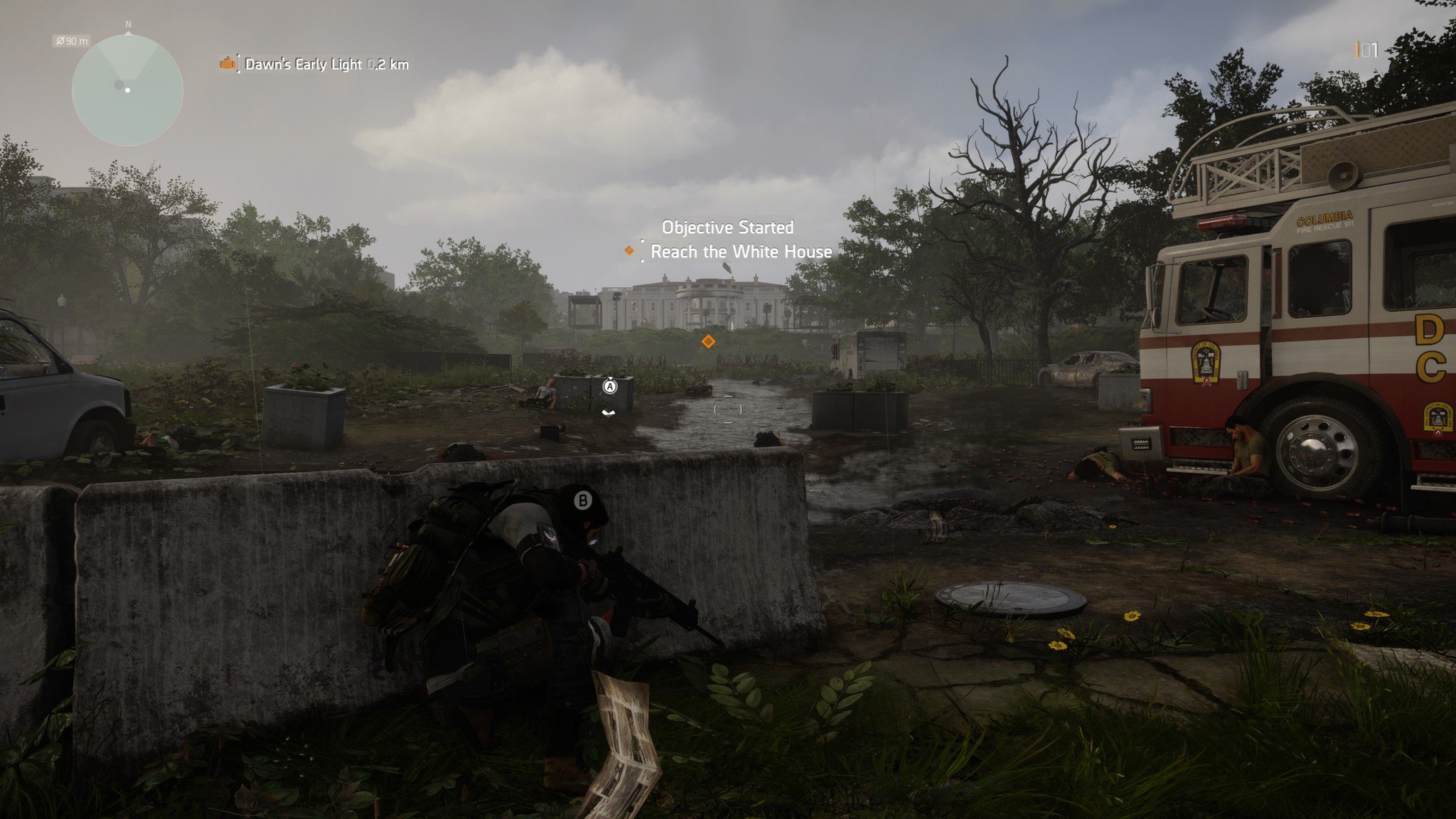
Against the backdrop of nature's encroachment on D.C., you'll discover all sorts of warring factions, from friendly civilian militias to roaming gangs of violent slavers. The original game took place in a wintry New York City, whereas Division 2 is more summery more colorful and, in some ways, less oppressive. The near claustrophobic skyscrapers have been replaced with flatter areas, complete with a greater density of unique explorable interiors.
On performance, the Division 2 looks simply stunning on Xbox One X, with a 4K resolution target at 30 frames per second (FPS). It performs decently-enough on the Xbox One S, although the aging console is really starting to show its limitations. Highly compressed textures, shimmering edges, and crushed resolution ensures the Xbox One S version at least performs adequately, although the difference between the S version and the X version is literally night and day, which also extends to powerful Windows PCs. If you're a Division fan on the older Xbox One consoles, this could be the game worth upgrading for.
The Division 2 Story and gameplay impressions
The Division 2 doesn't revolutionize the gameplay found in the original, but a huge amount of small improvements seem to deliver on the promise held by the first game, bringing a far richer gameplay canvas inside a more immersive open world.
The Division 2 takes place several months after the original, where a national pandemic has effectively collapsed society. With the authorities completely paralyzed, anarchy and panic took hold, leading to the downfall of the government. As a Division agent, you're the last line of defense between complete anarchy and restoring order, and it's your mission to help the innocent and carve a path through the criminal elements exploiting the chaos.
I struggled to pry myself away from playing to write this. It's that addictive.
At the start of the game, you help fend off an attack on the White House, which has become the base of operations for the local Division agents, including players. The story takes you across D.C., helping out local settlements, staffed or led by other Division agents, as you attempt to gain a foothold in areas largely controlled by criminal factions. The first you encounter are known as the Hyenas, who represent the basic gang stereotype, producing tons of drugs and enslaving innocents from the local population.
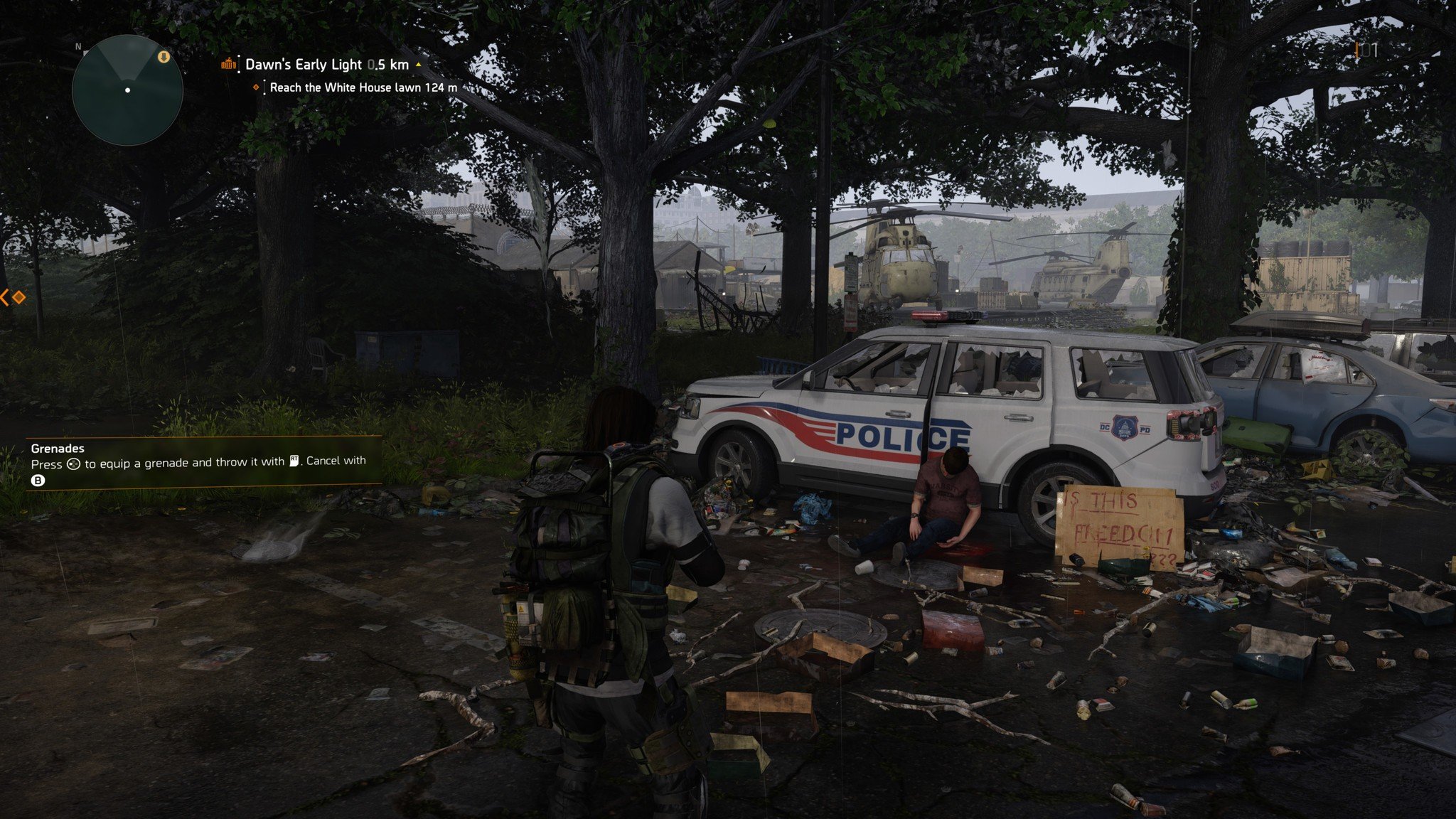
The way the story is laid out weaves nicely with the gameplay, driving you to different areas to build up settlements, recruit new characters to your own base, while also encountering some of the game's big baddies. The fact that your actions create meaningful, visual upgrades not only on your own base but the local settlements serves to make you feel more connected to the world. The character creation has also been given a bump, boosting The Division 2's roleplaying credentials.
As you move from quest to quest, the game throws piles of rewarding distractions into your midst, including dynamic events, audio logs, and Echo narrative scenes, loot areas, and more. The game's side quests have also been given a boost, more closely matching what would have been described as a main quest in the previous game, while the dynamic events more closely resemble what would have passed for a side mission in Division 1. The main missions are a step up, too, featuring impressive set-piece fights, boss battles, and other types of events. There has simply been so much to do that I've struggled to pry myself away from playing to write this article. It's that addictive.
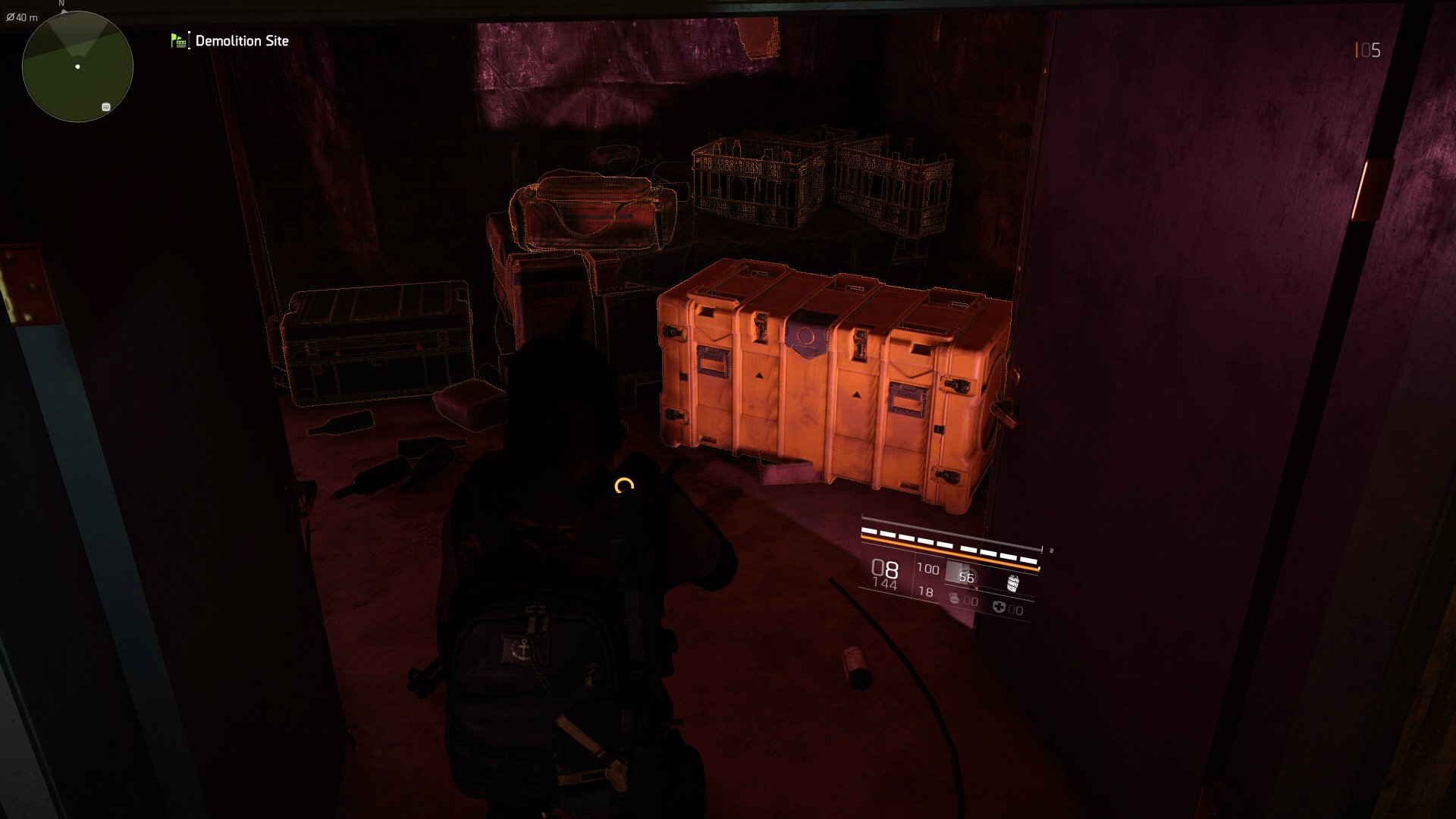
The gunplay has also stepped up a bit, ditching bullet sponge enemies for more realistic health pools. The enemies that are bullet sponges are so because they're covered in piles of visually-destructible armor, adding a heap of realistic context to more powerful foes. It's a subtle change that makes firefights more satisfying across the board. Popping the helmet of a rushing enemy for a clean headshot feels far more satisfying than emptying an entire machine gun barrel into an enemy's face, only to see their health pool slowly decline.
At first, I was a tad disappointed that among The Division 2's eight active skills there seemed to be too few newcomers. We now have a chemical launcher, replacing the explosive launcher from the first game, which allows you to place flammable gas or shoot rapidly-hardening crowd-control foam. There's also an aerial drone, which was cut from the original game, which can serve as a healing tool or a flying turret. There are returning abilities, too, like the deployable turret, the riot shield, and the seeker mine. At first glance, there isn't really a lot new here, but the systems that govern skills have been upgraded to (potentially) make them more dynamic.
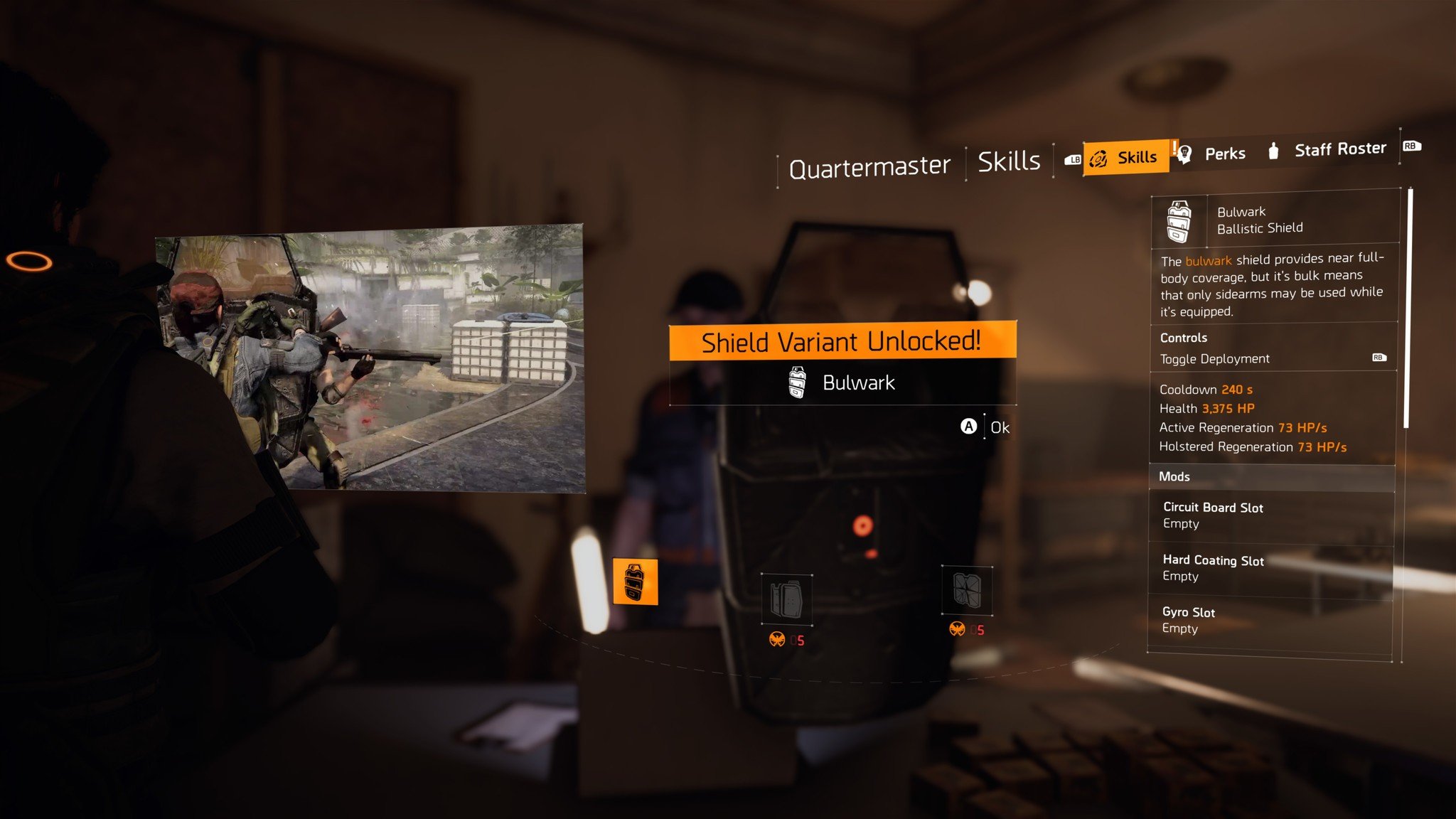
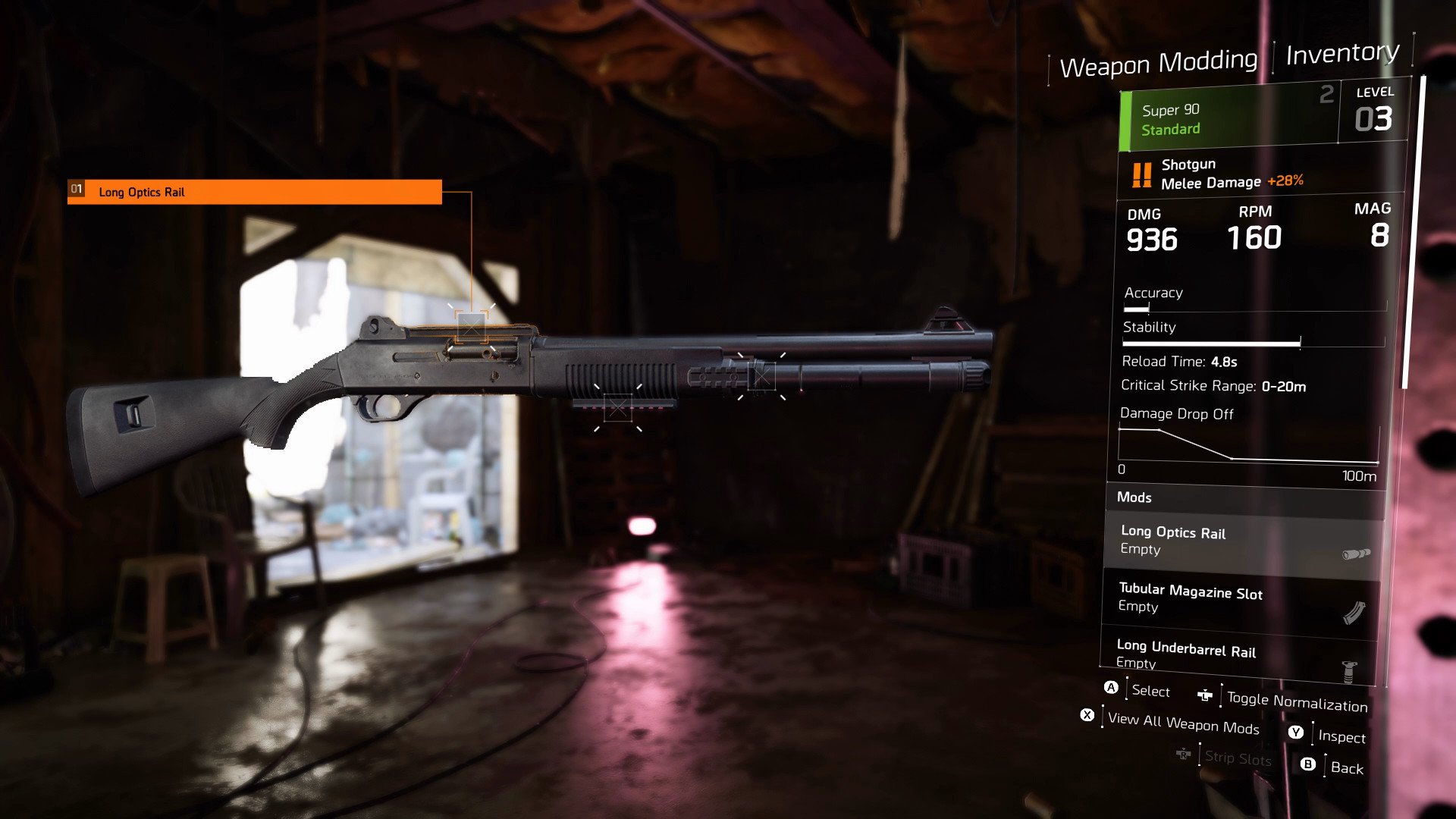
Each skill platform not only comes with a variety of variants, similar to the old game, but also four mod slots which supposedly allow you to tailor and customize their functionality even further. While I haven't found any yet, the prospect of deeper customization should not only make endgame play more rewarding and lucrative, but it could drastically increase the amount of playstyle tweaking versus the previous game. Coupled with a huge range of weapons and their modularity, as well as gear, it looks as though there will be plenty of ways to gear up as we head towards the end game.
A positive outlook on The Division 2, but questions remain
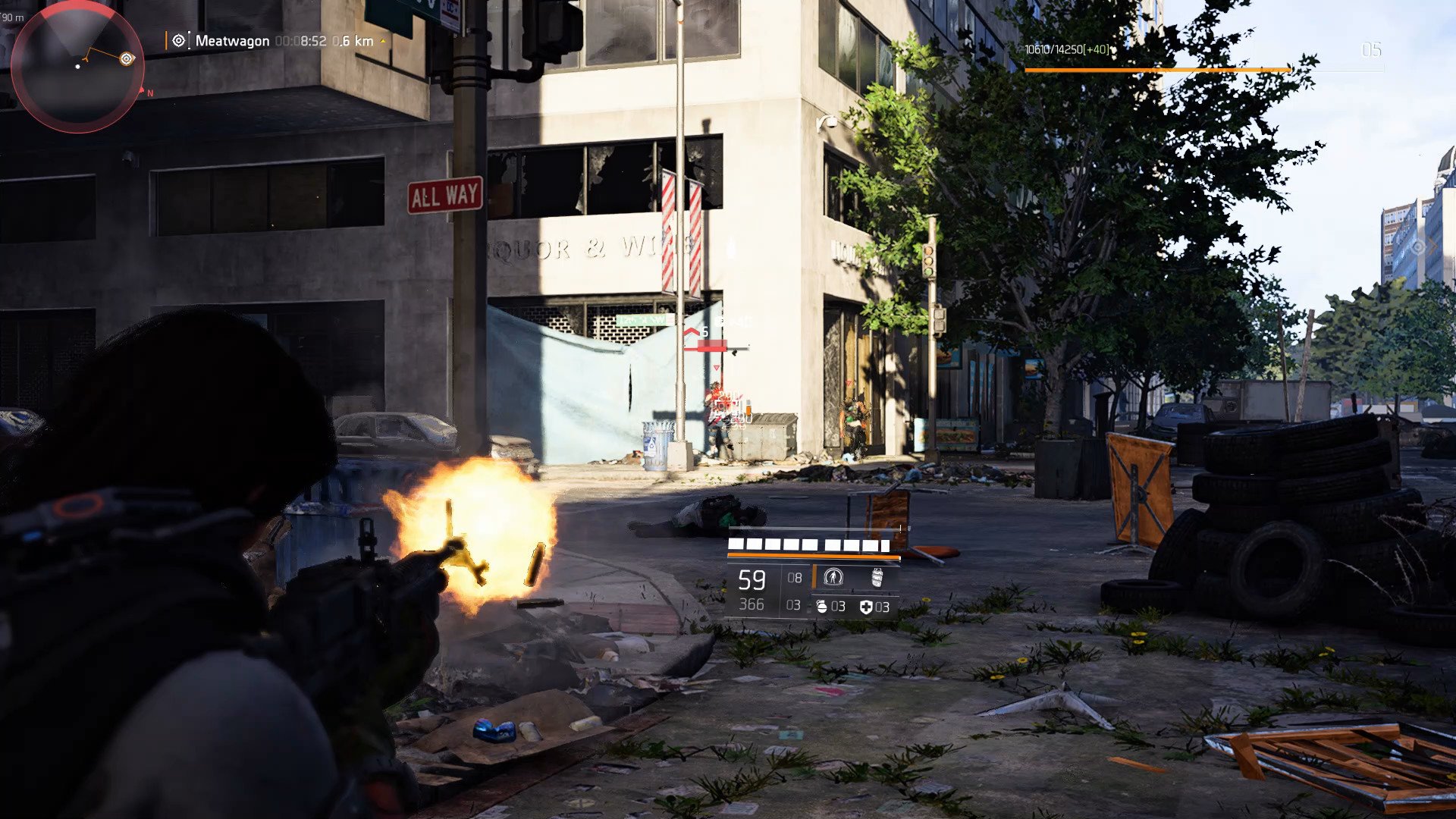
Early on, The Division 2 feels very similar to the original game, but the small improvements look as though they could help the franchise realize the potential largely missed by The Division when it launched in 2016.
Despite the relatively mixed reception and rapidly dwindling player base post-launch, Ubisoft stuck with The Division and eventually built it up into a rewarding and diverse RPG shooter. It really does feel as though the studios that worked on The Division 2 have taken the feedback to heart and have poured it into the sequel, enhancing almost every aspect we've experienced.
The true test will be in The Division 2's post-story endgame. Considering the previous game waited a few years to build up a decent spread of content for max-level players to sink their teeth into, I hope Ubisoft has learned from this mistake. It won't be long until I find out, and I'll be sure to come back and drop a final score on The Division 2 as rapidly as the dangers of downtown D.C. lets me.

Jez Corden is the Executive Editor at Windows Central, focusing primarily on all things Xbox and gaming. Jez is known for breaking exclusive news and analysis as relates to the Microsoft ecosystem while being powered by tea. Follow on Twitter (X) and Threads, and listen to his XB2 Podcast, all about, you guessed it, Xbox!
